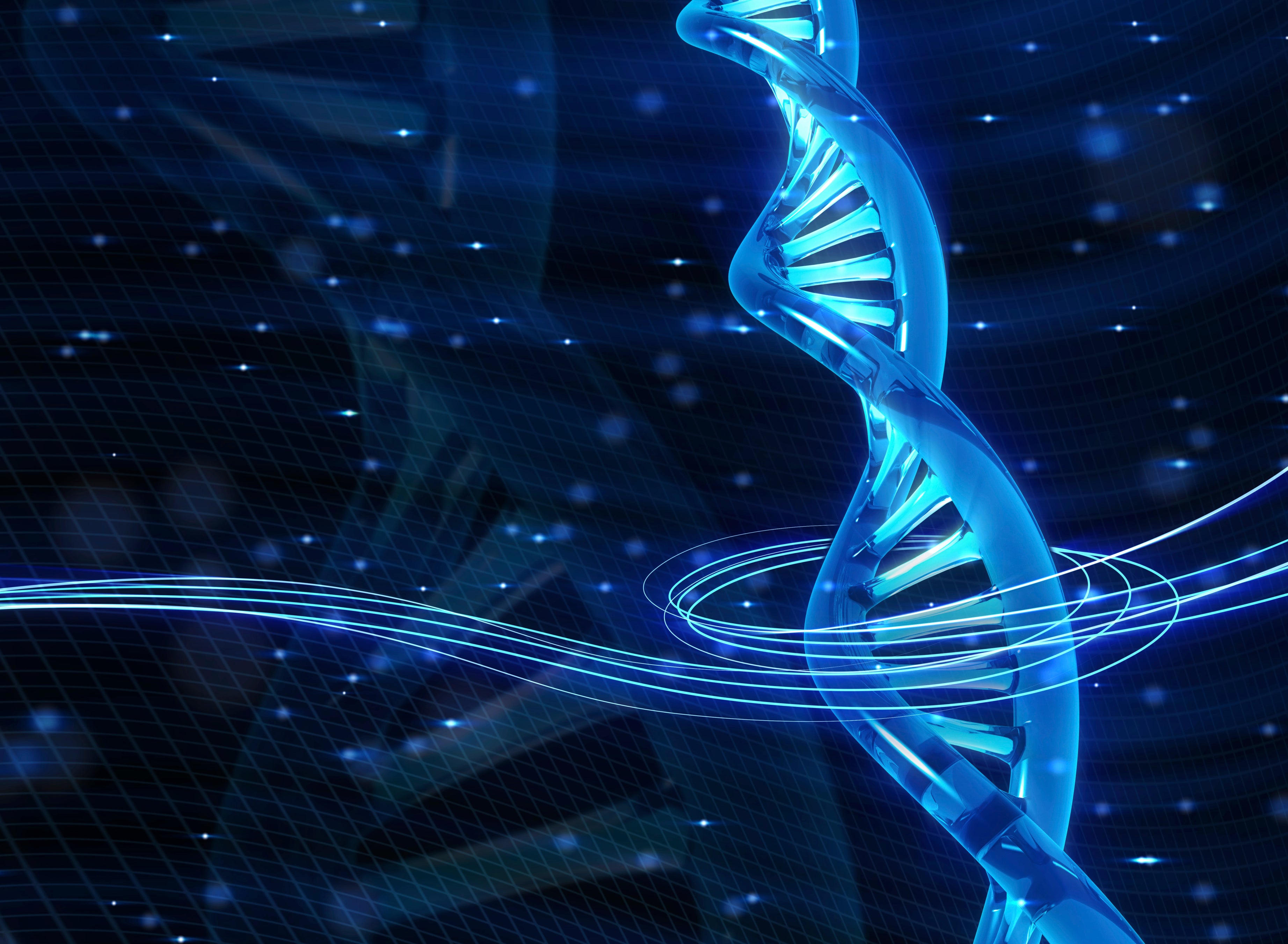

Compared to other methods of sex determination analysis, the results are much more reliable and reproducible, and it is considered one of the gold standard techniques for sex identification in forensic investigations. This allows for real-time visualisation of amplicons with an increased dynamic range of detection and has made DNA analysis much easier, with accurate results. Further advancements such as real-time quantitative PCR are highly sensitive, and do not require post-PCR processing. Conventional PCR has its own limitations, such as poor precision, limited dynamic range of detection, low sensitivity, the need for post-PCR processing, and allowing for only size-based discrimination. The introduction of polymerase chain reactions (PCR) has helped DNA-based analysis by amplifying identification markers even if the available samples are of limited quantity. DNA is the molecule of choice for forensic analysis because of its discrimination, genetic continuity, sensitivity, and stability ( 4). For instance, DNA analysis for male and female specific sex-typing markers in X and Y chromosomes is used in sex determination analysis ( 3). Amongst the above mentioned methods, sex determination analysis by advanced methods is found to be accurate with reproducible results. Microscopic methods, such as identifying sex by means of Barr bodies, show diminishing accuracy with the time elapsed after death ( 2). Visual methods are reliable, but are subject to inter-observer variation and lack accuracy. Various methods are employed for sex determination analysis in forensic investigations, and include visual, clinical, microscopic, and advanced methods. Most polymorphisms are located in the estimated 95% of the human genome that does not encode for proteins ( 1). Such variable sequences are termed ‘polymorphic’ (meaning ‘many forms’) and are used for human identification, paternity testing, and diagnosis of genetic diseases.

The information content of DNA resides in the sequence of bases, and although the DNA sequence in different individuals is more similar than different, many regions of human chromosomes exhibit a great deal of diversity. Each parent contributes a chromosome to the pair an individual inherits. Chemically, the DNA molecule is a highly stable polymer composed of subunits known as nucleotides, and in humans makes up the 22 pairs of autosomal and single pair of sex chromosomes.

It encodes the genetic information in most organisms and is identical in every cell of an individual. The advent of DNA markers allowed for greater precision and higher discriminatory power in forensic testing.ĭNA is the vehicle for generational transfer of heritable traits. However, these suffered from low polymorphism, poor stability and restricted activity of the molecules, and the limited resolution of the detection methods. Earlier, identification procedures employed for the characterization of biological specimens were protein or ‘classical’ markers such as the ABO blood group antigens, serum proteins, and RBC enzymes. Variability in biomolecules has been exploited for identification of the source of the biospecimen. Deoxyribonucleic acid (DNA) technology has gained wide acceptance in crime investigations involving biological evidence, such as murder (blood evidence), sexual assault (semen evidence), murder with sexual assault (blood and semen evidence), or in cases of mass disasters (saliva evidence and body tissues), and in identification of mutilated bodies and exhumed skeletons (tissues and bones). Biological specimens recovered from the scene of crime provide remarkably valuable information about the crime and the personnel involved. Investigation of violent crime has always been a driving motivation for law enforcement agencies in any country, and more so in developing countries. Forensic science aids in the personal identification process by comparative methods or by enabling a profile of the individual regarding age at death, and sex, in crime investigations involving biological evidence, such as murder, sexual assault, and disaster victim identification.


 0 kommentar(er)
0 kommentar(er)
